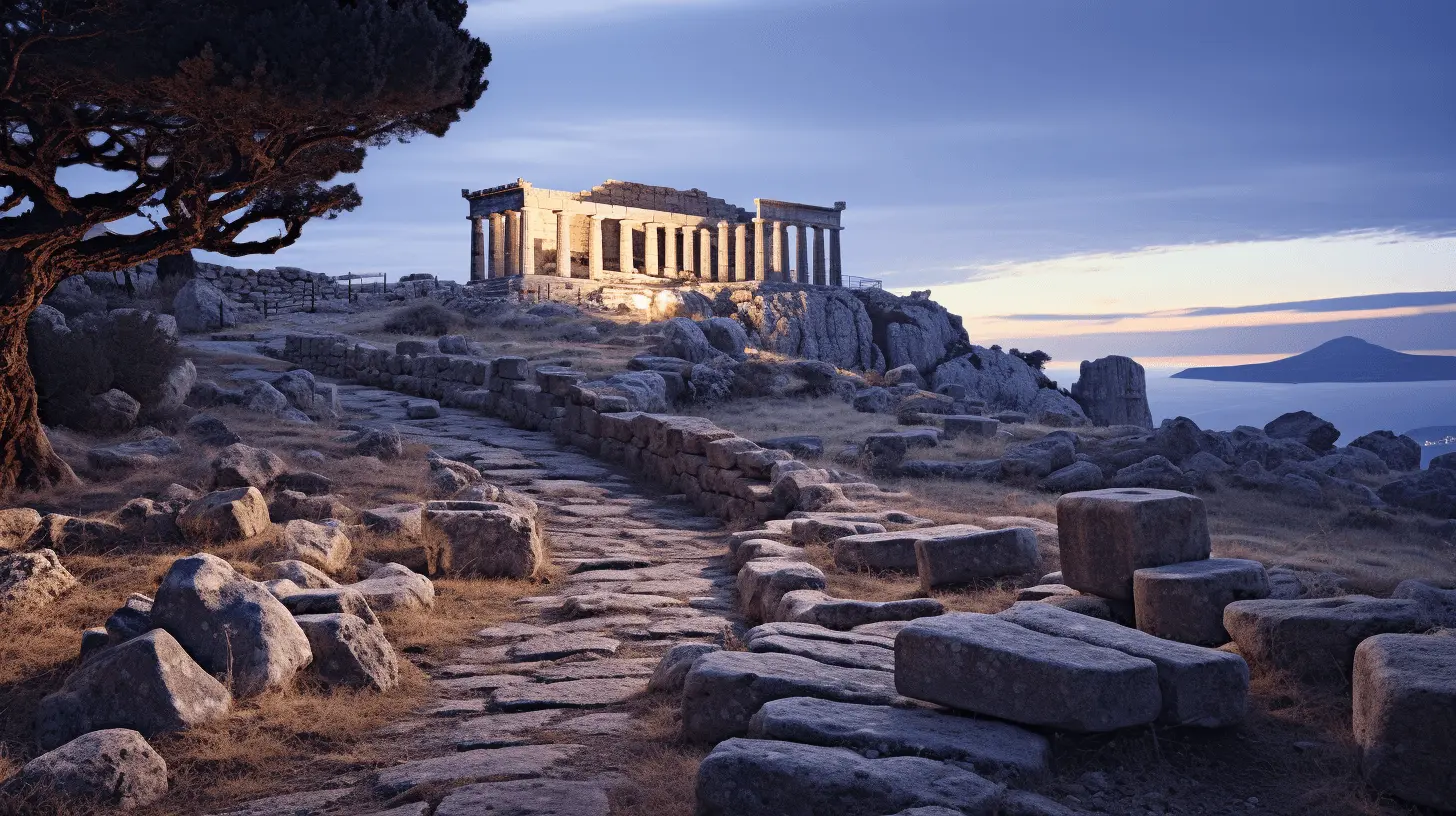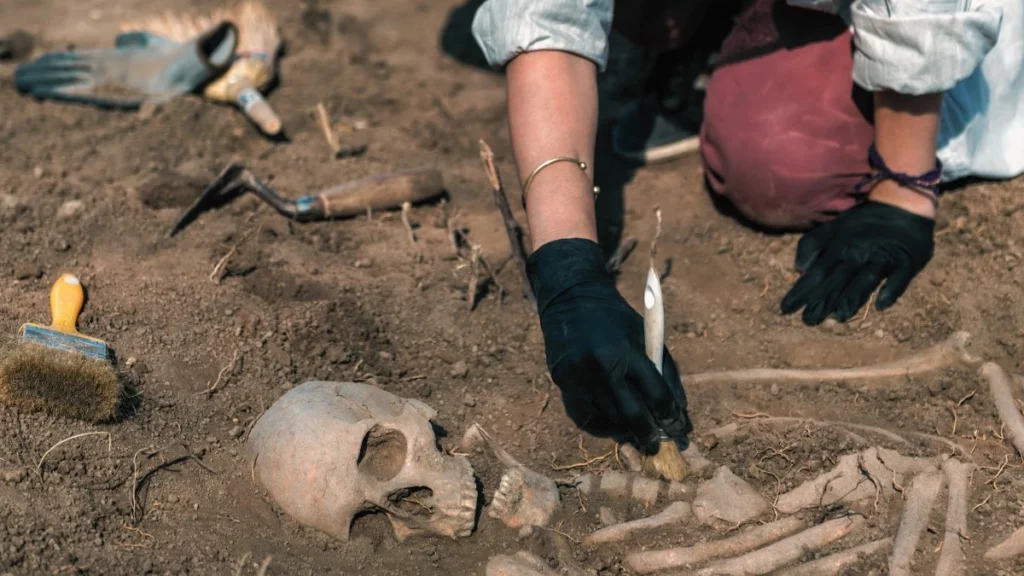Explore the most significant archaeological discoveries in Greece in 2023. From ancient tombs and celestial secrets to groundbreaking historical revelations, uncover the mysteries of the ancient world.
Key Takeaways
- From Italy to Egypt, and across Greece, 2023's archaeological finds offer a panoramic view of ancient civilizations.
- The discoveries highlight the intermingling of Greek, Roman, Egyptian, and Babylonian influences.
- Artifacts reveal advanced technological insights and artistic sophistication of ancient societies.
Major Archaeological Finds in Greece and Beyond in 2023
The year 2023 has been remarkable for Greek archaeology, marked by significant discoveries that have enriched our understanding of the ancient world. This detailed guide provides a comprehensive overview of the top archaeological findings in Greece during 2023.
1. The Guardian of the Underworld: Tomb of Cerberus in Italy
A tomb discovered in Giugliano, Italy, featured stunning frescoes, including one depicting Cerberus, the mythical three-headed guardian of Hades. This tomb, estimated to be about 2,000 years old, was discovered during an archaeological survey preceding maintenance work on the city’s water system. The area has yielded many burial sites from the Roman Republic and Roman Imperial Age.
2. Celestial Secrets: Temple of Esna in Egypt
At Egypt’s Temple of Esna, restorations unveiled detailed ceiling reliefs showing zodiac signs and constellations, blending Greek and Egyptian astronomical knowledge. These depictions highlight the influence of Babylonian astronomy, introduced to Egypt during the Ptolemaic times by the Greeks.
3. A Journey with Alexander: Courtesan’s Tomb in Jerusalem
In a tomb dating back 2,300 years on the ancient road to Jerusalem, a bronze mirror was found, possibly belonging to a Greek courtesan who might have accompanied Alexander the Great’s army. This find offers insights into the women associated with Alexander’s campaigns.
4. From Sewers to Spotlight: Hercules Statue in Rome
A life-size marble statue of Hercules was discovered in an ancient sewer in Rome, possibly dating back to Rome’s imperial period (27 BC to 476 AD). The statue, with a club and a lion’s coat, resembles Hercules’ iconic imagery.
5. The Ancient City of Tenea: Unveiling its Secrets
Archaeologists found ruins in Tenea, an ancient Greek town near Corinth. Discoveries included shops, burial monuments, and a rampart wall, mostly from the city’s Roman period. A notable find was a treasure of eighteen silver and copper coins from the 3rd century.
6. Mycenaean Era Tomb in Phthiotis, Central Greece
A Mycenaean vaulted tomb near Amphikleia hinted at an undiscovered Mycenaean settlement near Tithronium. The tomb, dating from the 14th-13th centuries B.C., had Roman burial gifts, indicating its use in the Roman Era as well.
7. Ancient Pipelines on Crete
An ancient Roman pipeline, part of the Hersonissos aqueduct, was found during highway construction in Crete. Roman aqueducts were crucial for water supply in urban areas.
8. Artemis Temple in Evia
A temple dedicated to Goddess Artemis was discovered in Evia after a century of research. Excavations revealed over 600 objects, including inscriptions and coins bearing the name Artemis, dating from the 6th to 2nd centuries BC.
9. Kythnos Island Discoveries
On Kythnos Island, thousands of figurines, coins, and ceramics were uncovered, reflecting a broad cross-section of history from the Archaic to Roman periods.
10. Rewriting Ancient Greek Civilization
Stone tools dating back to the Lower Palaeolithic period, around 3.3 million to 300,000 years old, were discovered in Megalopolis, Peloponnese. This finding significantly pushed back the timeline of human presence in Greece.
11. Ancient Greek Theater on Crete
An ancient Greek theater was found at the ancient site of Lissos on Crete. Constructed in the early Roman years, this site includes ruins of public buildings and a Hellenistic-Roman necropolis.
12. Underwater Ancient Building in Salamis
Marine archaeologists discovered a submerged building and marble treasures from the 4th century BC in the Bay of Salamis, hinting at a significant public structure within the ancient city.
13. Minoan Palace Secrets in Archanes, Crete
New findings at the Minoan palace in Archanes on Crete revealed the use of gypsum for construction, suggesting its status as a summer residence for Minoan elites from Knossos.
These discoveries, spanning various locations and periods, highlight the rich and diverse history of Greece, offering new insights into its ancient civilizations and their interactions with the wider world.








